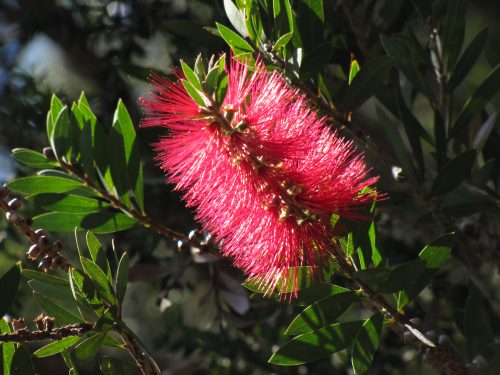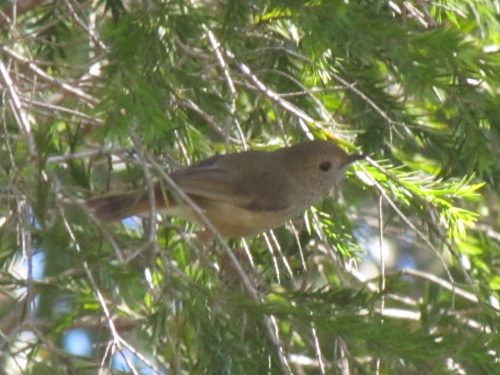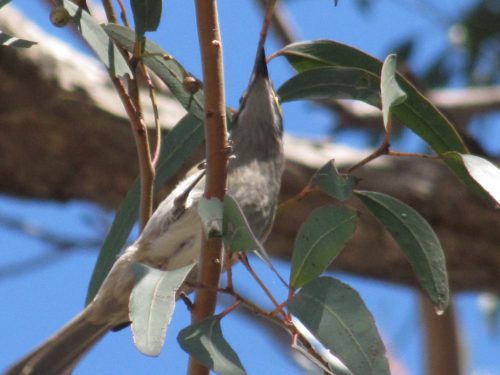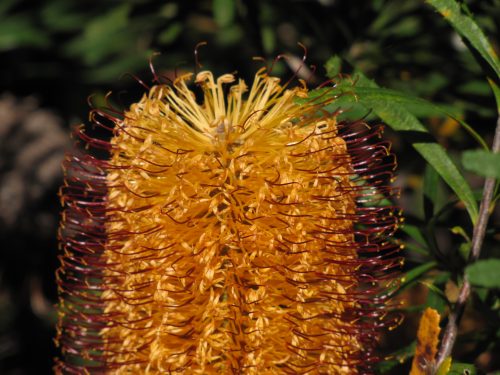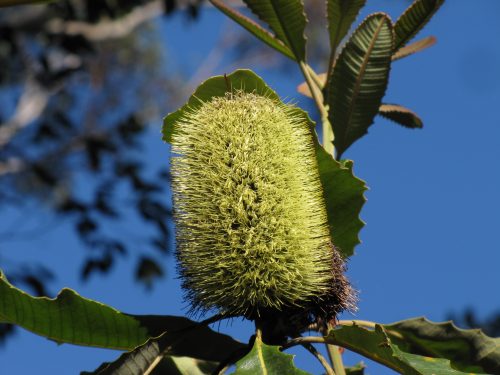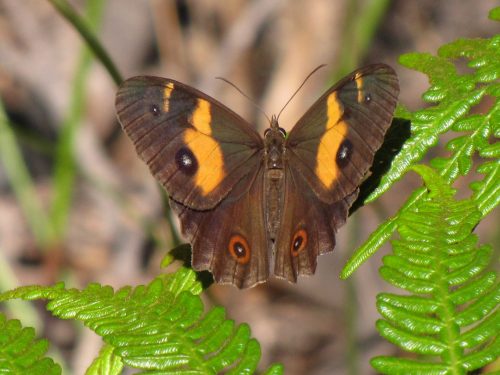Ku Ring Gai Wildflower Gardens
Whenever we visit our son and his family in Sydney, we try to spend at least a few hours in the Ku Ring Gai Wildflower Gardens. These gardens are about a half-hour drive from his home. The gardens feature a section which has been planted with Australian Native Plants, and the remainder of the gardens is natural scrubland.
There is an excellent new Visitor Centre, manned by helpful, friendly staff. Attached to the centre, there is a small nursery with Australian plants for sale. Groups may organise guided tours of the gardens and sections can be hired for functions, such as children’s birthday parties. To hire the facilities, contact the Ku Ring Gai Council. There are also many walking and cycling tracks throughout the gardens, many of them wheelchair friendly.
On our most recent visit, we had morning tea in one of the picnic areas before going on one of the walks. Later we explored another part of the gardens before moving to a third area for lunch. In all of this time, I had my binoculars and camera at the ready. These gardens can be frustrating at times. On occasions, the garden is filled with birdsong and I have found it hard to keep up with making a list of species seen or heard.
This time, however, although I could hear a few birds, many of them remained frustratingly out of view of my binoculars, as well as hard to find with my camera. Small birds, feeding the upper canopy of tall trees and bushes, make it very hard to get any good shots at all. Although I managed a few photos, I am not happy with any of them. I will just have to go back on our next visit to Sydney.
One of the birds I was able to photograph was the one above. It is a very poor shot and I think that it is a Striated Thornbill, a common species in these gardens. I hope that I can get a better shot on my next visit. In order to get one, the birds will have to sit still a lot longer than they do now. Perhaps someone could train a few for me.
Just after taken the photo of the thornbill, I saw what I think is a Yellow-faced Honeyeater feeding in the tree high above me (see photo above). I was looking almost directly straight up, and the bird stayed high in the foliage. I can just make out the yellow patch on the face next to the eyes.
While I had a frustrating time photographing the birds, some of the flowers were far more cooperative. While there was not all that much flowering, I still managed a few good shots (see above and below).
As a bonus, I managed a nice shot of a Varied Sword-grass Brown butterfly.
Go to the bottom of this post to see links to other posts about these gardens.
Further reading:
Butterfly at Pangarinda Arboretum, Wellington
Earlier this year we visited Pangarinda Arboretum at Wellington, about a half hour drive south of Murray Bridge in South Australia. This collection of native Australian plants has been set up and maintained by local plant enthusiasts. It is a great place for flower photography as well as birding. On this occasion I managed to get several photos of a beautiful butterfly.
The butterfly in question is an Australian Admiral Vanessa itea, and is relatively common in this area. we often enjoy seeing them fluttering through our garden.
On this occasion the birding was rather slow, so I took delight in taking flower photos. This butterfly was a bonus.
Is it a bird? No it’s a butterfly
Last week we had a great family get together for Christmas lunch. We travelled all the way to Sydney – all 1300 kilometres – to be with our son and his wife’s family. It was one of those rare occasions when we all get together.
After a sumptuous lunch we migrated to the back lawn for some games with the children. Most of us just sat around chatting; the large lunch was sitting too heavily.
I had the camera at the ready and taking photos of family. The birds were not the focus for once, and they were generally being rather uncooperative anyway. They must have all been off visiting family for Christmas. At one point we were entranced by a visiting butterfly. It was constantly on the move around the lemon tree.
Checking on the internet later I identified it as a Daity Swallowtail Papilio anactus. Evidently it is quite common in the Sydney region and has a preference for citrus trees.
